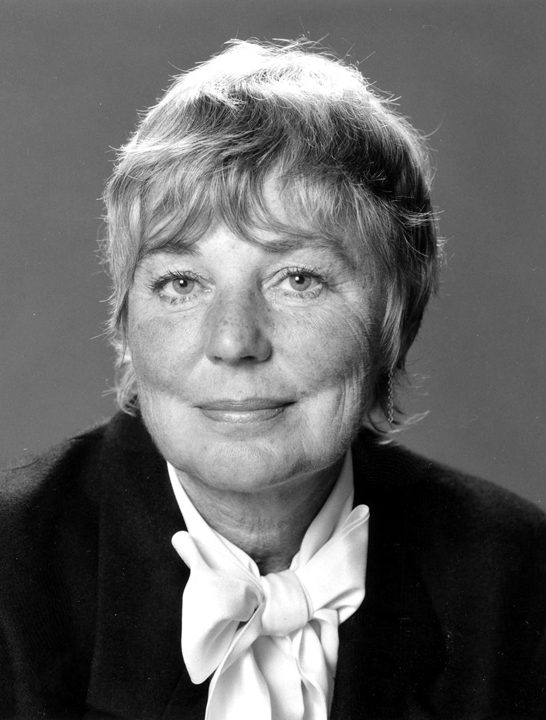Janice Jenkins: The First Female Faculty in EECS

 Enlarge
Enlarge
“Life is good,” Janice Jenkins says, “and my industrial efforts have been particularly good. This is all a nice coda to a late engineering career. But the students are still the best part.” During her 22-year UM career, Janice Jenkins became known for her mentorship and dedication to the development of the next generation of research engineers — and for the fact that she was the first woman faculty member hired in the EECS department.
“The most unusual part of my academic career,” Jenkins says, “is the fact that I raised five kids (typical stay-at-home housewife), and started college when my oldest started college. I was 37. I got my PhD at the age of 46, and was appointed an assistant professor at Michigan at the age of 48. I wasn’t as worried about being discriminated against for being female, as I was worried about age discrimination! I didn’t tell anyone how old I was (but I did send a picture with my CV so as not to fool anyone). I looked like I was in my 30s (good genes). I won the NSF Presidential Young Investigator award when I was 52. Probably (without doubt) the oldest Young Investigator ever. I was a grandmother!”
My colleagues caught on quickly that I wanted to carry my own oscilloscope, but I did let them open the door for me while I was burdened.
Janice Jenkins
At the time of her retirement in 2002, Jenkins still had an active NSF grant at UM and traveled back to Michigan regularly, supervising the research of two graduate and three undergraduate students. “I haven’t stopped my active professional life,” she says. “I also have a major role in an NIH/SBIR grant, and am directing clinical studies at Loyola University Medical Center.” Jenkins moved to Chicago and her dream condo overlooking Lake Michigan.
Professor Jenkins received her BS, MS, and PhD degrees from the University of Illinois at Chicago in 1974, 1976, and 1978, respectively. She was an assistant professor of electrical engineering and computer science, and of medicine, at Northwestern University from 1979-1980. In 1980, she joined the UM faculty as an assistant professor of electrical and computer engineering, and was promoted to professor of electrical engineering and computer science, and of biomedical engineering, in 1992.
At U-M, Jenkins made important contributions to automated arrhythmia analysis using advanced signal processing and computer techniques. She was director of the medical computing research laboratory (1981-2002), and of the digital design laboratory (1983-1998), an instructional laboratory on the design of microprocessor based systems that she initiated and taught.
“I was always treated appropriately,” Jenkins says. “No discrimination, nor any patronizing. My colleagues caught on quickly that I wanted to carry my own oscilloscope (they offered for a while), but I did let them open the door for me while I was burdened. There were 55 male faculty members, and they were always collegial and proper.”
In 1991, Jenkins received the UM Sarah Goddard Power Award for her outstanding professional achievements and contributions to the education of women, and the NSF Faculty Award for Women in Science and Engineering. Jenkins is a Fellow of the Institute of Electrical and Electronics Engineers, the American Institute for Medical and Biological Engineering, and the American College of Cardiology. She has four patents, and another pending. She has supported, mentored, and graduated 20 PhD students and eight MS thesis students.
Upon her retirement from active faculty status in December 2002, the UM Regents named Janice Jenkins Professor Emerita of Electrical Engineering and Computer Science.
“It’s been a wonderful and inspiring ‘second career,’” Jenkins says. “Like having a bunch of kids again. Except they are brilliant students, don’t sass you, always take your advice, look up to you, and best of all, I don’t have to pay their car insurance!”
 MENU
MENU 
